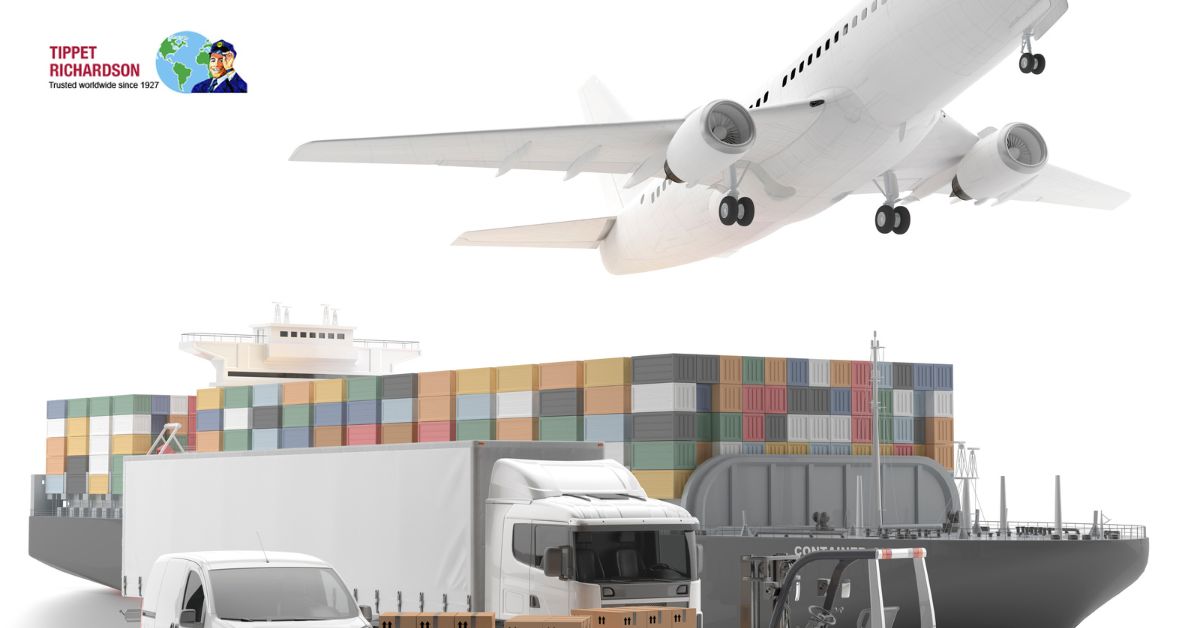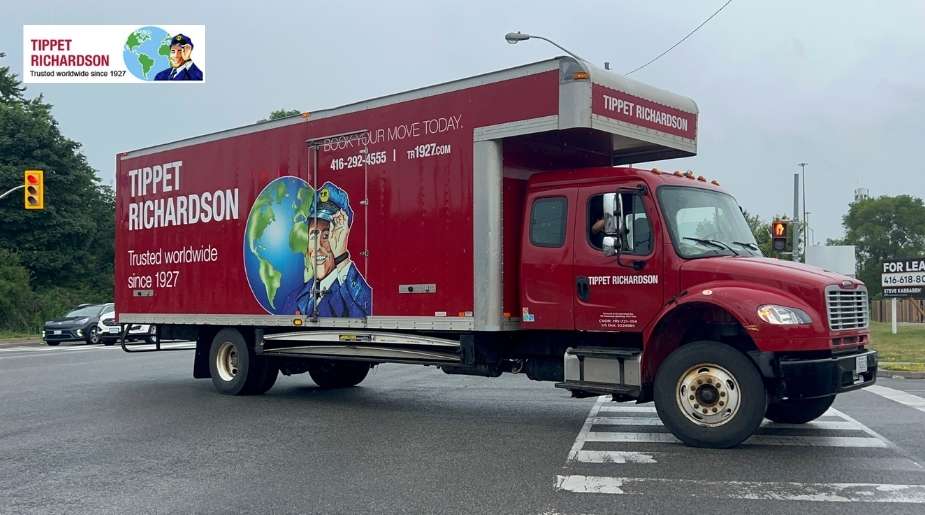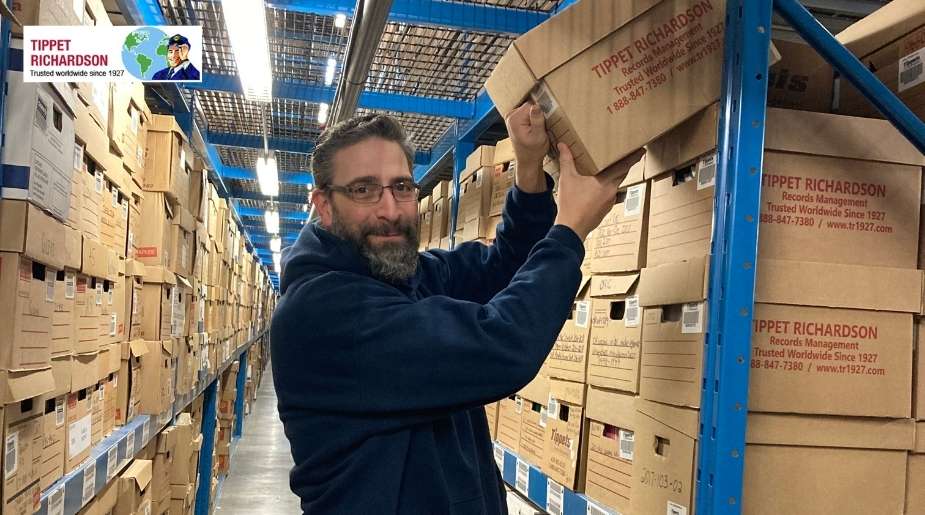When shipping household goods internationally, it’s important to understand the variety of options available and how to select the best fit for your belongings and budget. From choosing a full-container load to opting for shared container options, each method has its unique advantages and considerations. Full-container loads offer dedicated space tailored to your shipment, providing enhanced security and control, while shared container options allow you to split costs by sharing container space with others, making them a more economical choice for smaller moves.
Beyond selecting the right shipping method, international moves require attention to detail in documentation, customs regulations, and timing. The paperwork can be complex, and every country has different import rules and standards that must be met to avoid delays or unexpected fees. It’s essential to prepare your goods with durable packing materials, inventory lists, and proper labelling to withstand long transit times and handling. Additionally, having reliable insurance coverage is key to protecting your possessions against potential damage or loss during the journey.
With decades of experience handling international moves, Tippet Richardson brings local Toronto expertise combined with a global network of trusted partners. This ensures that every shipment is managed with professionalism, compliance, and care—offering peace of mind throughout your relocation. In the sections ahead, we’ll dive deep into what shipping household goods internationally truly involves, the key decisions to make about shipping options, and practical steps to prepare and protect your belongings as they cross borders. Whether this is your first international move or one of many, understanding these essentials will empower you to plan confidently and move forward with ease.
Read Also: Why Choose Storage Solutions for Fragile Household Goods
Understanding the Basics of Shipping Household Goods Internationally
What Does Shipping Household Goods Internationally Involve?
Shipping household goods internationally is a multifaceted process that begins long before your belongings leave your Toronto home. It starts with careful planning, including sorting, packing, and preparing your items for a journey that can span weeks or even months. Packing is critical — using durable materials and appropriate crates or boxes not only protects fragile belongings but also helps in preventing damage caused by shifting during transport.
Once packed, your household goods must be documented thoroughly. This includes creating inventories and compiling customs paperwork that varies depending on the destination country’s regulations. Legal compliance is crucial; every country has specific rules on what can be imported, duty rates, taxes, and special permits — especially for items like electronics, antiques, or plants. Understanding and adhering to these customs considerations is essential to avoid costly delays or shipment rejections.
After clearing customs, your shipment enters the transit phase, where your goods are loaded onto ships, planes, or trucks headed to your new location abroad. Finally, upon arrival, further customs inspections occur before the delivery team unloads and transports your household goods to your new residence.
Key Challenges in International Shipping of Household Goods
The international shipping process isn’t without its challenges. Navigating complex customs regulations and import restrictions can be daunting, especially when different countries have varying requirements. For example, some nations may require detailed inventories or impose quarantine rules on certain goods. Missteps could result in fines, shipment holds, or even confiscation.
Choosing the appropriate shipping method impacts transit times and risks. Longer shipping routes or multiple transfers increase exposure to potential delays and damage. Using a full-container load (FCL) offers a dedicated shipping container, reducing handling and enhancing security. Conversely, shared container options pool multiple shipments, which can cut costs but may involve more handling, potentially increasing risk.
Damage or loss during extended transport is a significant concern. Items may be subjected to extreme weather, rough handling at ports, or theft opportunities, making high-quality packing and insurance vital components in protecting your possessions.
How Tippet Richardson Supports Your International Move from Toronto
For nearly a century, Tippet Richardson has supported Toronto residents looking to ship household goods internationally with expert knowledge and personalized service. Our team handles the full spectrum of paperwork and customs clearance to ensure your shipment complies with international regulations and moves smoothly through ports.
We partner with reputable global carriers offering full-container load and shared container options to match your move’s scope and budget. These alliances allow us to track shipments in real-time and respond swiftly to any issues. Beyond Tippet Richardson provides customized moving plans to address your specific timeline and packing needs, making sure your belongings are well-protected and delivered safely.
With Tippet Richardson’s expertise based in Toronto, your international shipping journey is backed by reliable support, making a complex process manageable and stress-free.
Choosing the Right Shipping Method for Your Move
Full-Container Load (FCL) Explained
Full-container load, often abbreviated as FCL, refers to shipping your household goods internationally in an entire shipping container dedicated exclusively to your belongings. This method is ideal when you have a larger volume of items—typically, shipments filling or nearing the size of a standard 20 or 40-foot container.
One of the main advantages of choosing an FCL shipment is the added security and privacy it offers. Since the container is sealed and opened only upon delivery at your destination, the risk of loss or damage from other shipments is significantly reduced. This method also simplifies; your belongings travel as a single unit, minimizing the frequency of handling and potential transit delays. For families or businesses shipping a full household or multiple rooms’ worth of furniture and personal items, opting for a full-container load ensures efficient packing, better control, and peace of mind throughout the international moving process.
Shared Container Options (Less-than-Container Load – LCL)
Shared container shipping, commonly known as Less-than-Container Load (LCL), allows multiple customers to share space within a single container. This option is well-suited for smaller shipments that aren’t large enough to justify renting an entire container.
With LCL, your shipment is consolidated with others, which can substantially lower your overall moving costs since you’re only paying for the space you use. This option is popular among those shipping a modest volume of household goods internationally on a tighter budget. However, shared container options come with some considerations. Because multiple shipments are loaded and unloaded together, your goods experience more touchpoints, which increases the chance of handling-related damage or item misplacement. Transit times can also be longer due to the added coordination required for cargo consolidation and deconsolidation at ports.
Factors to Consider When Selecting Between FCL and LCL
Choosing between a full-container load and shared container options depends heavily on aspects like the volume and weight of your household goods. Larger, bulkier shipments naturally lean toward FCL, as it optimizes space utilization and streamlines transport.
Budget plays a significant role too. While FCL tends to be more costly upfront, the added security and faster transit can justify the expense. Conversely, shared container shipping offers cost savings but may yield longer transit times and an increased risk profile. If you have flexibility in your moving timeline and are comfortable with a bit more handling, LCL can be a smart economical choice.
Finally, your tolerance for risk and preference for convenience matter. For delicate or valuable items, a full-container load reduces handling unpredictability. Meanwhile, shared container options require careful packing and insurance to mitigate risks effectively.
Tippet Richardson works closely with clients in Toronto to assess these factors carefully, guiding you toward the best shipping method based on your specific needs. By understanding the pros and cons of FCL versus LCL, you’ll be empowered to make an informed decision when shipping household goods internationally.
Read Also: Top Things to Know Before Move from Toronto to Saskatchewan
Preparing Your Household Goods for International Shipping
Effective Packing Strategies for Global Transit
Proper packing is essential when shipping household goods internationally, as your belongings will face multiple stages of handling, transport, and potential exposure to varying environmental conditions. Choosing the right packing materials is the first step. For fragile items like glassware, ceramics, or electronics, high-quality bubble wrap, foam padding, and sturdy double-walled boxes provide protection against shocks and vibrations. Furniture should be disassembled when possible, with cushions and upholstery wrapped in breathable, waterproof covers to prevent moisture damage.
Labeling and inventory management are equally important. Each box or crate should bear clear, detailed labels indicating its contents and handling requirements, such as “Fragile” or “This Side Up.” Creating an exhaustive inventory list not only helps with customs declarations but also makes unpacking more efficient and assists with any insurance claims if necessary. Tippet Richardson encourages systematic labelling and documentation to ensure that nothing is overlooked during the move.
Organizing Documentation and Customs Paperwork
Navigating customs paperwork is a crucial part of shipping household goods internationally. Essential documents typically include a detailed inventory list, a bill of lading, proof of residency or visa for the destination country, and any relevant import permits. Accurate declaration of goods and their values helps avoid delays or fines caused by incomplete or incorrect paperwork.
Valuation must be precise because customs authorities assess duties and taxes based on declared worth. Overvaluing items can lead to unnecessary fees, whereas undervaluing risks confiscation or penalties. Working with experienced movers like Tippet Richardson ensures thorough preparation and submission of all required documentation, smoothing your goods’ passage through customs and reducing the risk of costly hold-ups.
Insurance Options to Protect Your Furniture and Personal Items
Insurance is a vital safeguard when shipping household goods internationally. Both full-container load and shared container shipments carry inherent risks, from accidental damage to theft or loss. Various insurance coverage options are available, including basic liability coverage, which may be included in your carrier’s service, and full-value protection, which offers more comprehensive reimbursement.
Tippet Richardson advises clients to review their insurance carefully, considering the nature and value of their belongings. For valuable or fragile items, opting for full-value protection provides peace of mind and financial security against unforeseen incidents during transit. Whether you choose a full-container load or shared container options, having appropriate insurance is an indispensable part of a responsible international move.
Managing Your International Move: Timeline and Coordination
Creating an Efficient Moving Timeline
When shipping household goods internationally, establishing a clear and realistic moving timeline is crucial. Planning well in advance allows you to allocate sufficient time for packing, shipping, customs clearance, and delivery. Ideally, packing should begin several weeks before your scheduled departure to avoid last-minute stress and ensure your items are properly prepared for transit.
Synchronizing shipping schedules with your move-in date is another essential step. Transit times for full-container load or shared container options can vary significantly depending on the route, carrier, and customs processing. By working with a professional mover like Tippet Richardson in Toronto, you can accurately estimate shipping durations and align delivery with your arrival to avoid extended storage fees or arrival delays.
Coordinating with International Shipping Carriers and Agents
Effective communication with international shipping carriers and agents ensures your household goods’ journey proceeds smoothly. Tippet Richardson collaborates closely with trusted global partners to coordinate container bookings, customs documentation, and port handling.
You’ll benefit from real-time shipment tracking that provides visibility at every stage of transit, from loading in Toronto to unloading abroad. This ongoing coordination helps manage expectations and provides opportunities to quickly address any unexpected changes or required adjustments. By leveraging Tippet Richardson’s extensive network, you gain access to experienced professionals who monitor your shipment and champion your move’s success.
Addressing Unexpected Delays and Customs Issues
Despite thorough planning, unexpected delays and customs challenges can arise during international moves. Common causes include incomplete paperwork, import restrictions, customs inspections, and port congestion. Weather or geopolitical events may also disrupt shipping schedules.
In these situations, prompt action is key. Working with a knowledgeable moving company like Tippet Richardson means you have advocates who understand customs processes and can liaise directly with authorities to resolve hold-ups or disputes. Transparent communication ensures you stay informed while documentation or additional fees are addressed swiftly.
By anticipating potential hurdles and relying on expert support, you minimize risks and keep your international shipment on track for a timely and successful delivery. This proactive approach makes shipping household goods internationally less daunting and more manageable overall.
Settling Into Your New Home After International Shipping
Unloading and Unpacking Your Household Goods
Upon the arrival of your shipment, unloading your household goods marks a pivotal moment in your international move. Depending on whether you chose a full-container load or shared container options, your belongings will either arrive consolidated in one shipment or alongside other consignments. At this stage, customs inspections typically occur. Inspectors may request to examine your goods to verify documentation and ensure compliance with import regulations. It’s important to remain patient and provide any required paperwork promptly to avoid unnecessary hold-ups.
Once customs clearance is complete, professionals unload your items with care. It’s wise to inspect your goods upon delivery, checking for any visible damage or missing items. Having a detailed inventory list prepared beforehand allows you to verify the condition and completeness of your shipment. This proactive approach smooths the unpacking process and facilitates timely claims if issues are discovered.
Tips for Organizing Your New Space Efficiently
Efficiently organizing your new space can make settling in less overwhelming. Begin by unpacking essentials first—items you need daily such as kitchenware, bedding, and personal essentials. Using your inventory as a guide, unpack systematically by room to prevent clutter.
Handling fragile or valuable items with extra care during unpacking minimizes damage risks further. If you unpack a shipment sent via a shared container option, double-check the contents against your list, as these shipments can require additional attention due to the handling involved.
Take the opportunity to arrange furniture and belongings thoughtfully, considering your new home’s layout, lighting, and storage spaces. This thoughtful organisation not only helps recreate familiarity but also accelerates the adjustment to your new environment, making your international move a comfortable transition.
Continuing Support from Tippet Richardson in Toronto
Even after your shipment is delivered, Tippet Richardson remains a trusted partner for Toronto residents navigating international moves. Our team offers post-move consultations to address any concerns, assist with additional relocations, or provide advice for future moves. Whether you require help with local storage solutions, furniture assembly, or organizing your new home, we are just a call away.
Maintaining an open line of communication ensures you feel supported well beyond the shipping process itself. When shipping household goods internationally, having a move partner like Tippet Richardson means you’re not alone in your journey. Our experience and dedication to client satisfaction make settling into your new home abroad smooth and stress-free.
Wrapping Up
Relocating internationally is a significant undertaking that requires careful coordination, especially when shipping household goods internationally. The process involves numerous steps—from choosing the right shipping method and preparing your belongings to managing customs and settling into your new home. Each stage carries its challenges, but with nearly a century of experience serving Toronto and beyond, Tippet Richardson offers the expertise needed to navigate these complexities with confidence.
Understanding your options, such as opting for a full-container load versus shared container options, allows you to tailor your move according to your budget, timeline, and risk preferences. Proper preparation—packing carefully, organising documentation accurately, and securing appropriate insurance—helps protect your possessions throughout transit. Working alongside trusted professionals ensures your shipment handles smoothly from origin to destination.
At Tippet Richardson, we pride ourselves on providing personalised support at every step of your international move. Our team’s dedication to transparent communication, thorough planning, and reliable service means your household goods are in capable hands. By placing trust in our expertise, you can transform what might seem like a daunting relocation into a seamless transition, allowing you to focus on the excitement of beginning a new chapter abroad.





